AI is taking the construction industry by storm. Companies have begun to use it to automate tasks in the name of safety as well as difficulty (to prevent human error), and as a way to reduce waste.
The final reason listed there is a high priority, as the construction industry is responsible for the majority of waste and pollutants that harm the environment. Utilizing AI and other automation techniques goes a long way in reducing that waste.
Table of Contents
Why We Should Reduce Construction Waste
As stated in the introduction, the building and construction industry is responsible for the majority of waste and pollutants that harm the environment. The industry has been working for decades to reduce its carbon footprint and leave behind a built environment that complements and works in harmony with the natural world around it.
Reducing construction waste is a primary way for your project to contribute to leaving behind a smaller carbon footprint by producing less waste to clog landfills and cause waste processing plants to work overtime.
Automation: Advancing Construction Management
What is AI? AI is a computational system utilized to perform tasks typically associated with human intelligence – learning, reasoning, problem solving, perception, and decision making. When you feed data (measurements, materials, required results) to an automation program, the program takes the data, quickly interprets it, and takes action in an effort to achieve those results.
There are a number of digital construction management tools that integrate AI technology to analyze vast amounts of supply tracking data to create an efficient plan that produces less waste and highlights recycling opportunities.
Benefits of Automation
There are a number of ways your next construction project will benefit from automation. When you consult with the staff at Structr Group, we can discuss these benefits and more and guide you on how to implement them in your next project:
Predictive Analytics for Material Usage
Predictive analytics is one of AI’s greatest strengths that the construction industry can take advantage of. Analyzing massive amounts of historical data and applying it to the scope and needs of the current project results in over-ordering. Working with precise data gives project managers a clearer picture of material needs and mitigates the chance of ordering too much, resulting in unused materials going to waste.
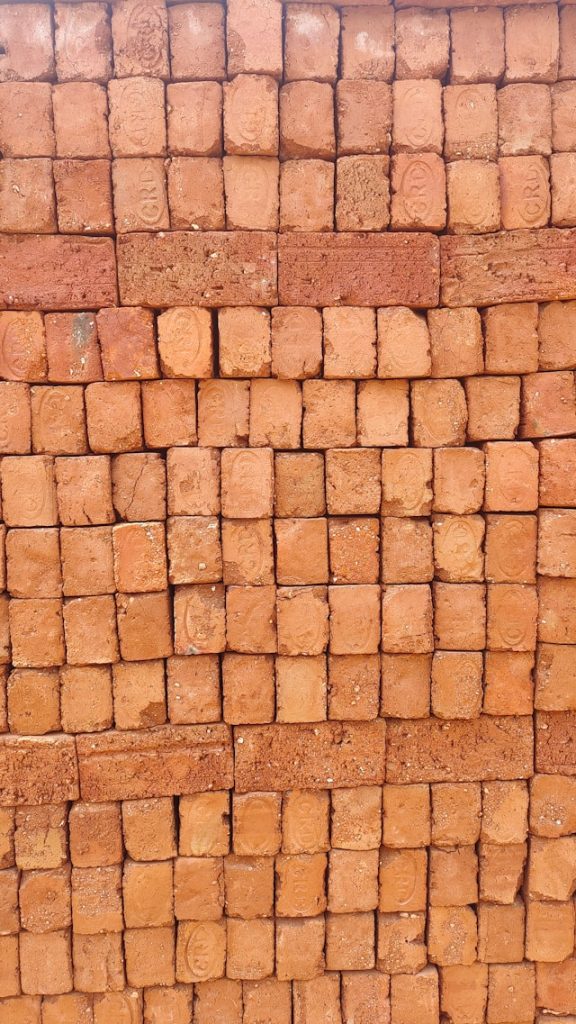
Ordering less from the outset brings with it cost savings and efficiency as well. A more accurate prediction of materials needed limits excess – and the management of that excess – for a smoother project workflow. When you purchase less material from the outset, you save money that ends up wasted when overstock goes unused and is left to waste. The ability to reuse materials and use as much of a material as possible, also contributes to a more sustainable project with less environmental impact.
Enhanced Material Tracking & Inventory Management
AI software offers the benefit of real-time tracking and inventory management, one of the top contributors to material waste. Knowing how much you have on-hand and how much needs to be ordered is essential to keeping construction waste at bay.
Accurate material tracking means supplies are available in the quantity needed when those supplies are needed, preventing loss due to degradation or total loss due to long-term storage or repetitive movement to make way for necessary materials.
Efficient Material Logistics & Delivery Scheduling
Automation relies on algorithms which utilize current and historical data to make accurate projections. These algorithms produce more accurate data with quick analysis of traffic patterns, construction and delivery schedules. With the help of AI automation, materials are ordered and delivered when they’re needed – no materials sitting around waiting to be used, and no halted construction due to waiting on essential materials that have yet to arrive.
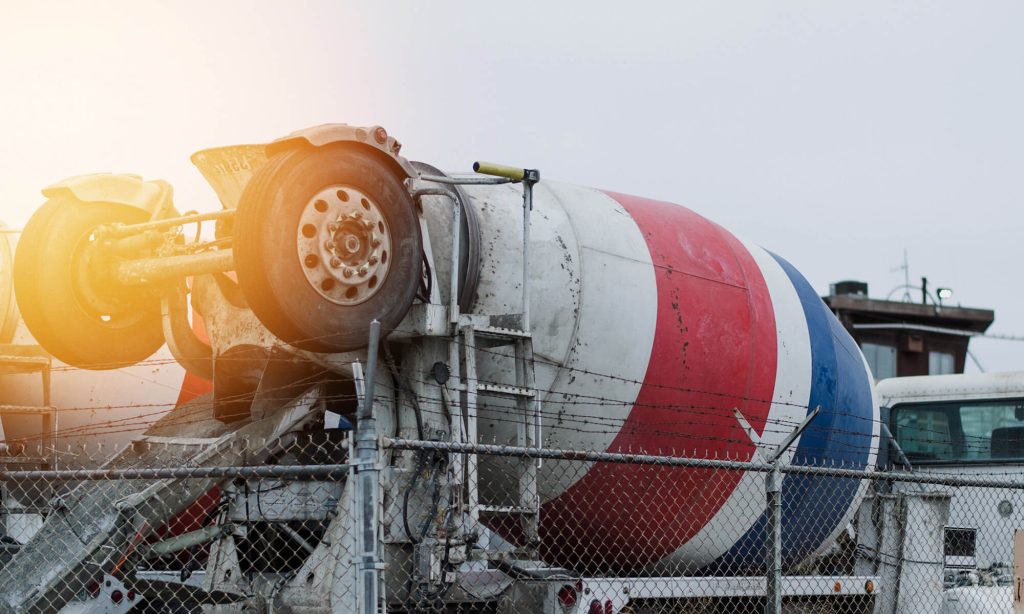
Automation gives project managers the ability to manage schedules and deliveries, leading to a reduced need for on-site storage. Optimizing delivery schedules – and even routes to the construction site – means deliveries arrive on schedule and with less change of damage from transport as well as on-site storage.
Improved Material Selection & Sustainability Rating
Interested in a specific material but don’t know how it will perform for your project? AI and automation tools can help you make a final decision on what materials you’ll use in your next construction project.
The algorithms employed by automation can help in selecting the most appropriate materials for your build, in cost, performance, and sustainability. Automation programs evaluate the lifecycle of the material (production to disposal) and recommend options with the lowest environmental impact. Hardier products with longer lifespans and high durability mean less waste both during the construction process and for many years after construction is complete.
Automated Waste Sorting & Recycling Processes
When you use automation tools for waste reduction on your jobsite, waste sorting and recycling is a breeze. The automated programs sort for efficiently, zeroing in on and increasing the amount and quality of materials available to recycle.
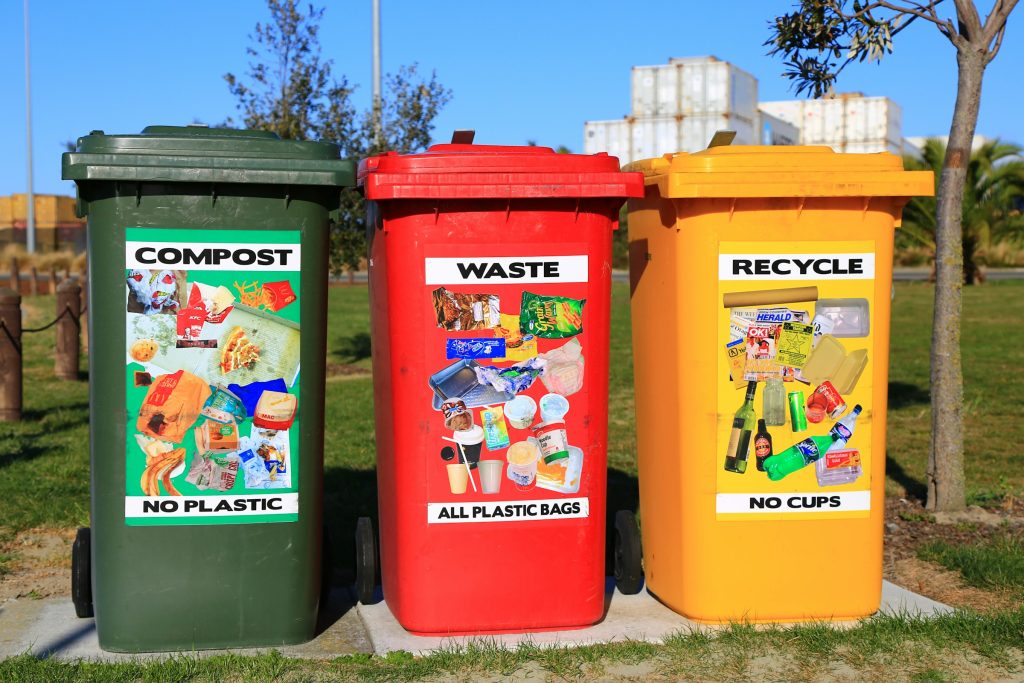
Data-Driven Decision-Making for Better Resource Allocation
Automation is a data-driven process. The algorithmic data you feed the system helps to better allocate resources – meaning reduced unnecessary use and waste. It takes into account project timelines, workforce availability, material usage patterns and more to create an optimized resource allocation plan. With this data at your disposal, you can rest assured that resources get used where they’re needed most, increasing productivity and reducing waste due to misallocation.
Advanced Planning for Future Waste Management
With AI and its advanced data-driven algorithms and system, project managers can plan waste management strategies with accurate predictions of the types and volumes of waste generated at various stages of a project. This glimpse into the future provides opportunity for the implementation of targeted waste management strategies to drive down waste production. Such foresight allows project managers to schedule additional (or fewer) resources for recycling activities, specialized waste processing, or the utilization of varied construction techniques that avoid excess waste.
Integration with Today’s Green Building Standards
Whether or not it is a primary goal of your project, implementing automation to reduce waste integrates with today’s green building standards. It’s another piece of the green building puzzle that can put your project on track to comply with, and earn, certifications like LEED or BREEAM.
Automation tools can be programmed to monitor various aspects of your construction project to align them with green building standards, including tracking material usage, waste generation and recycling rates in order to provide a comprehensive overview of environmental impact to help you make adjustments.
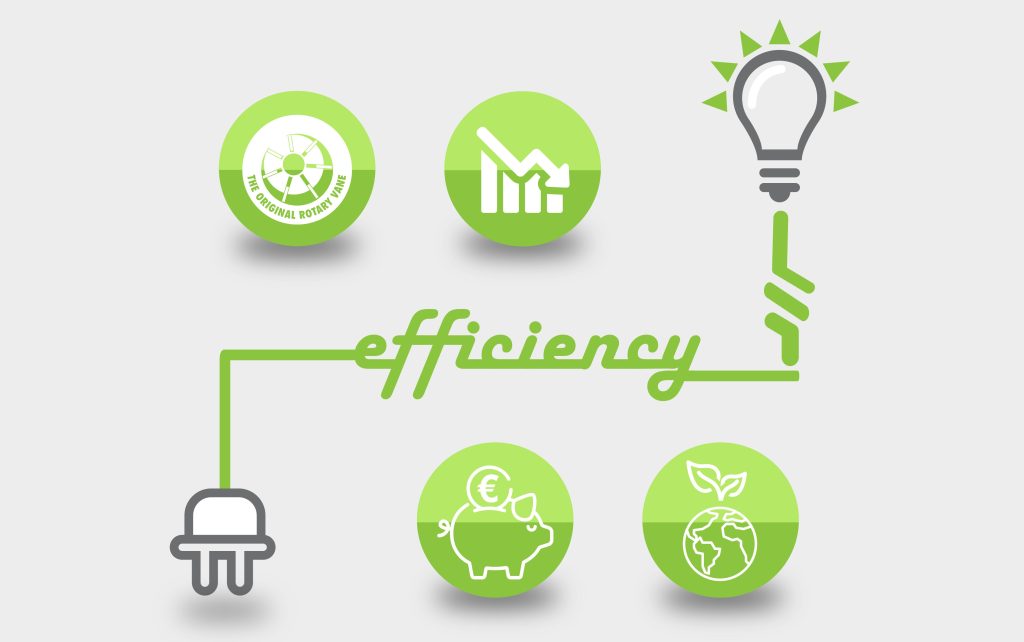
Data-driven automation helps create the extensive documentation and reporting needed to certify your project with LEED or BREEAM status. With such accolades under your belt, you become a trusted community partner in sustainability efforts.
Enhanced Collaboration for Sustainable Building Practices
When you implement a construction management automation tool, you encourage a culture of collaboration around sustainability and waste reduction. Stakeholders – architects, engineers, contractors, project owners, and more are all on the same page and can better work together toward the goal of sustainability and reduced waste.
Real-Time Reporting & Analytics on Waste Management
In order to best reduce your project’s waste generation, you need to be on top of the related data and processes. AI tools track waste generation and recycling efforts in real-time for a clear picture of your project’s carbon footprint. AI algorithms track multiple waste streams to identify types and quantities of waste produced to appropriately and effectively control recycling practices.
Reduce Material Waste with Predictive Maintenance
When materials are on backorder, weather delays on-site activities, or a labor shortage hits the community, your project can grind to a halt. Another, often neglected wrench in your plans may be equipment breakdown. Neglecting scheduled maintenance for heavy machinery, or replacement of every day tools and equipment that can lead to major malfunctions also lead to material wastage.
When the tools and machines needed for the job are unusable, you risk building materials degrading and going to waste before they can be installed. Performing regular maintenance helps project managers foresee problems and replace parts or tools before they break so the project can keep running smoothly.
With automation tools, project managers can track all of the data and make quick decisions regarding the maintenance and repairs necessary to keep a project on track, and keep materials from going to waste while waiting for work to resume.
Optimized Building Designs for Waste Reduction
Automation can help reduce your project’s waste from the ground up. Using AI in the design phase of a project can help optimize the design and thus minimize waste before construction even begins. AI’s data-driven technology uses historical data and current project scope and conditions to simulate and help visualize potential scenarios to identify the most efficient uses of space and materials – avoiding as much waste as possible from the start and throughout the building’s lifecycle.

AI tools can also evaluate your project’s environmental impact using different design choices. It assesses the data for each design and pinpoints potential waste and develops mitigation plans. By using automation, your plans become the most energy-efficient, waste reducing as possible. The algorithm can also point to the best use of recycled and reclaimed materials for aesthetically-pleasing, environmentally-friendly designs.
Automation-Assisted Deconstruction Planning
Every building has a lifecycle. As much as you don’t want to think about your building’s demise before construction has even started, it is something you need to plan for. If your project is a demolition or major renovation, AI can assist in the ‘deconstruction’ of a building as well. AI can evaluate as-built drawings and data regarding materials, finishes, and fixtures already in a building to formulate a plan. That plan includes identifying materials to be salvaged, reused, or recycled rather than chucking everything in the dumpster. The result: less waste, and valuable resources are saved.
Automation also streamlines the process of deconstruction. After analyzing the materials and identifying those worth saving, workers know where to exercise caution when removing materials, rather than destroying everything, resulting in reduced waste and reduced need for new resources.
Training & Awareness
No task can be executed properly if the people performing it are not made aware or trained in the actions it takes to complete the task. Making your project as waste-reducing as possible with automation requires extensive planning and training of project managers as well as laborers.
Choosing the appropriate AI tools for your project and training workers how to use them is the first step in the effective use of AI for project waste management. Before your first project utilizing AI waste reduction, organize a training program for employees to get a chance to learn the software and its methods before being thrown in the deep end of on-the-job learning.
Additionally, creating a culture of sustainability through AI tools ensures waste reduction and recycling are become an innate priority throughout each stage and aspect of your construction project.
Life Cycle Assessment & Environmental Impact Analysis
A big part of waste reduction on construction sites is the ability to assess the life cycle and environmental impact of the building materials used. While this can be a human task, it takes weeks or more for a human to research and analyze each building material for sustainability.
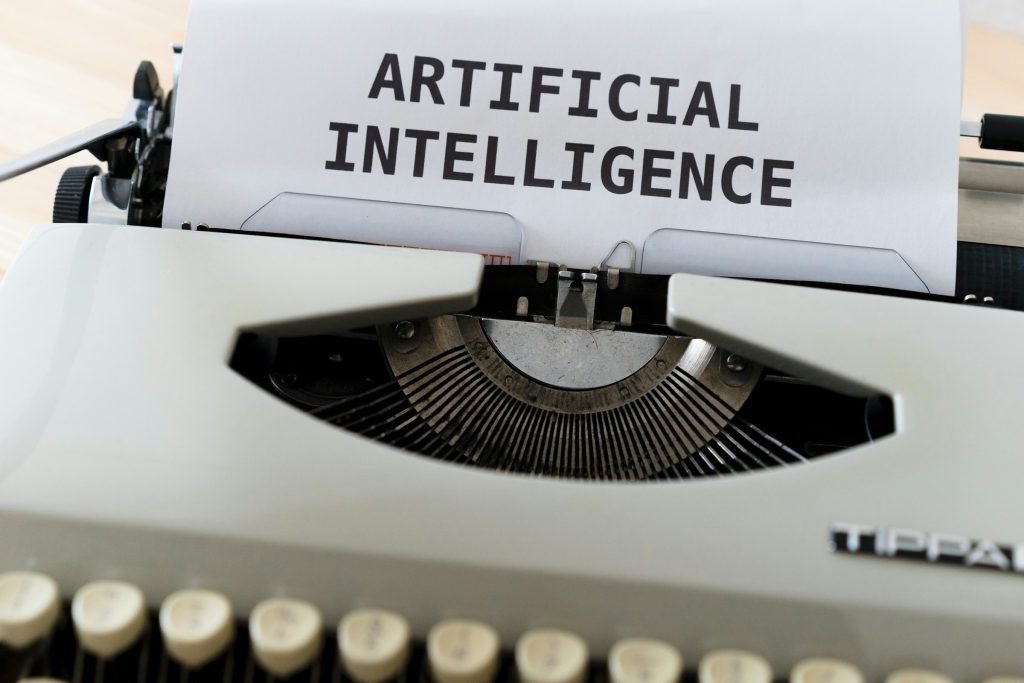
AI algorithms calculate such data in seconds to provide a report of the best materials to use by evaluating aspects like energy consumption, greenhouse gas emissions, recycling and reuse potential, and more – increasing productivity by freeing up labor and saving time in pre-construction analytics that hold up project commencement.
Final Thoughts
AI is touching every corner of the building and construction industry. From creating design plans that effectively use tools and materials to analyzing data for precise ordering and material sustainability over the life of a building, automation helps reduce and control waste generation on your next project.
We at Structr Group can guide you in the use of automation tools to enhance every aspect of the construction process to reduce waste and leave behind a cleaner carbon footprint.
Contact us today!

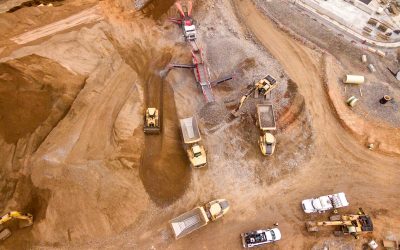


0 Comments